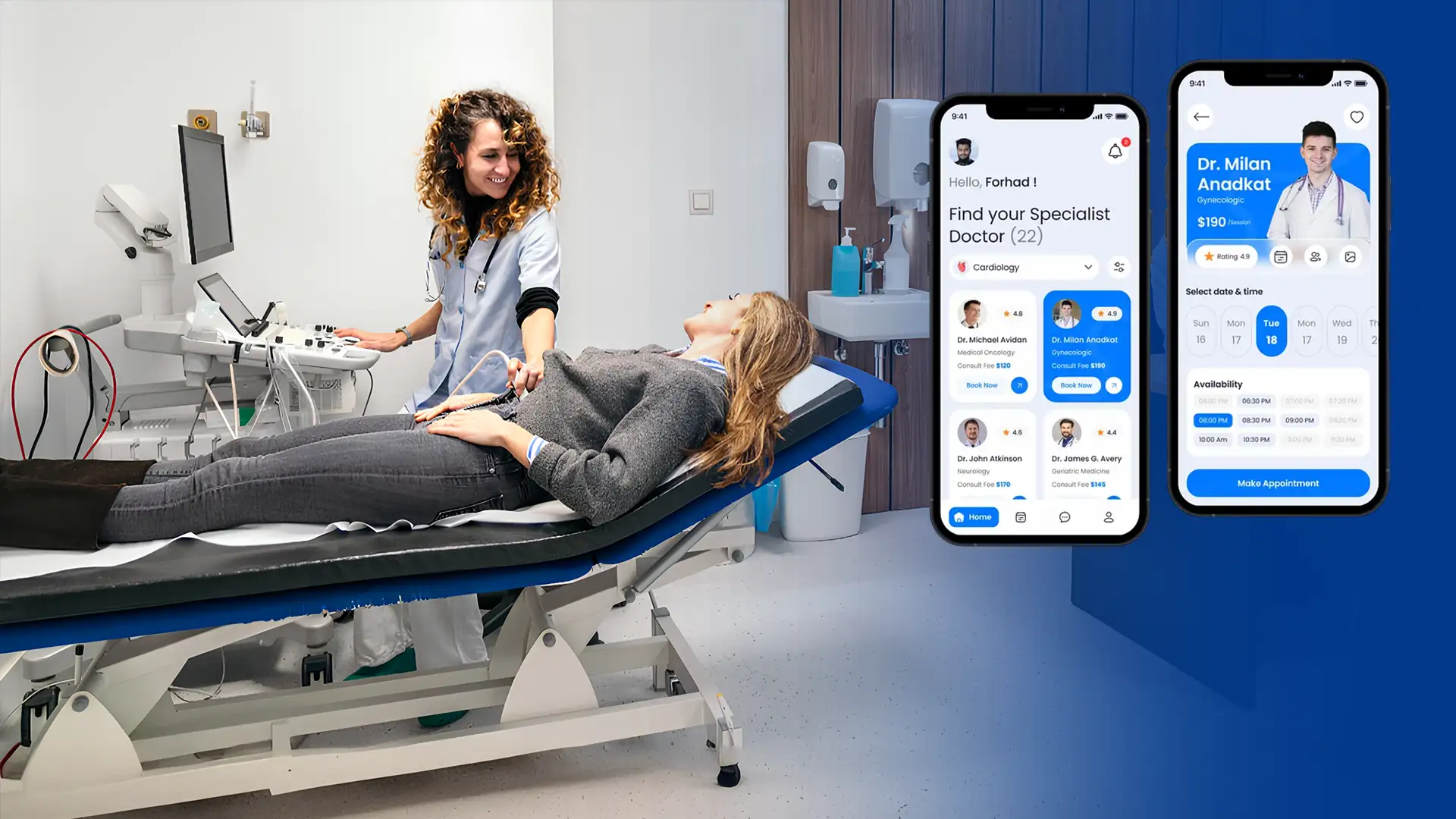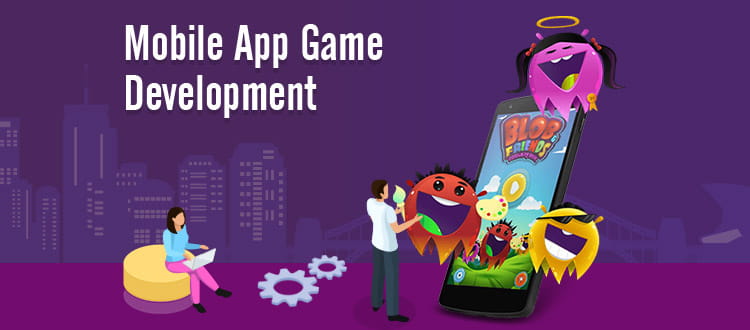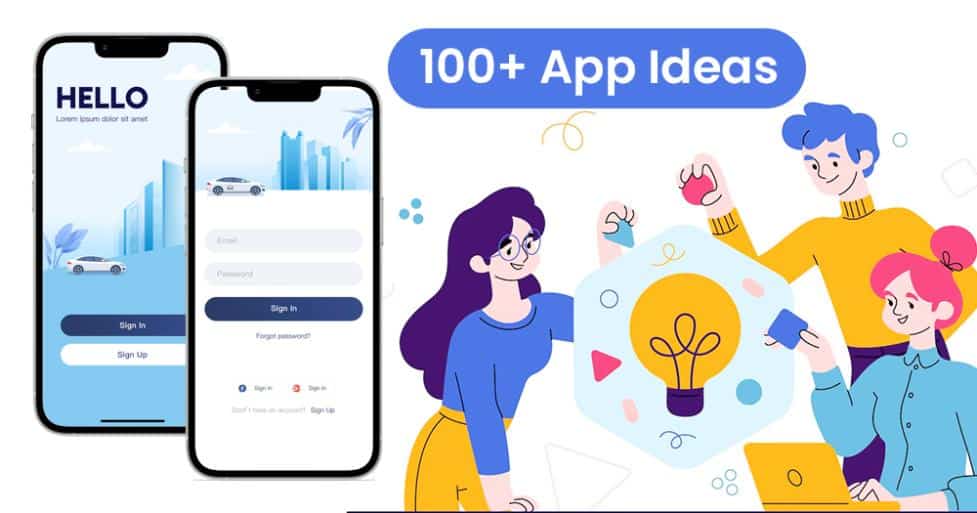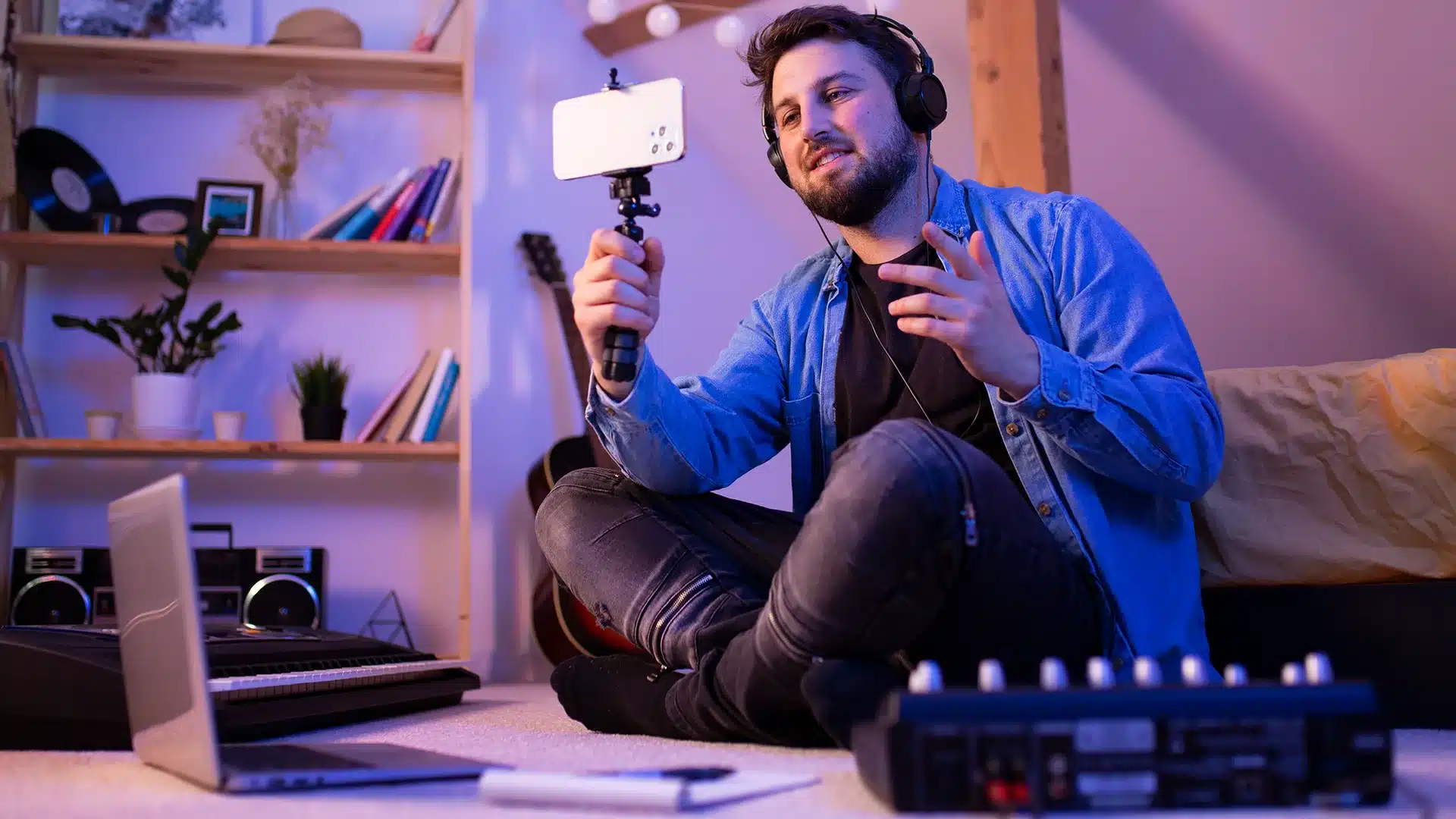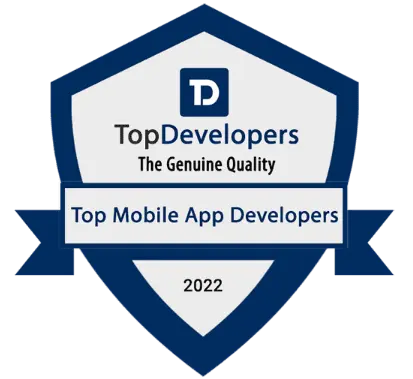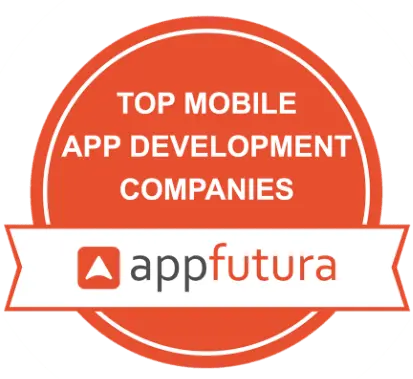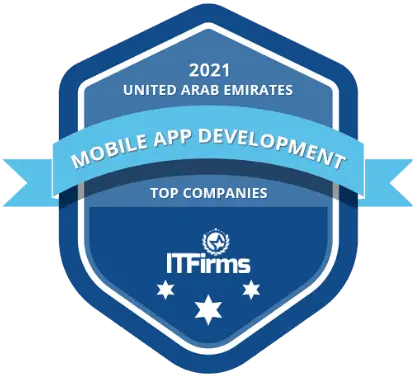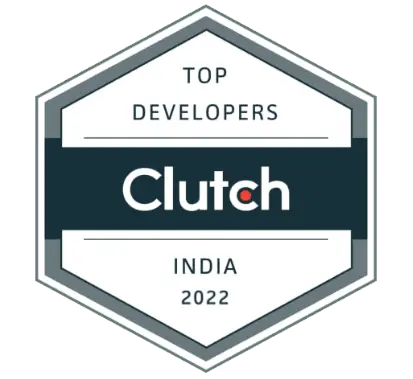Did you know that Google has recently introduced new healthcare-related search features?
The objective is to make the digital journey to wellness smooth. This is only one example. The healthcare market is progressing fast (projected to reach $86.37 billion by 2030), and the contribution of mHealth apps is remarkable. There is a massive demand for modern wellness apps, but the real struggle for healthcare businesses is determining the cost to develop a healthcare app.
A single factor does not determine the healthcare app development cost. Several key components influence it, such as complexity, hiring cost, tech stack, integrations, etc. Compliances like HIPAA and others also influence it.
It is tough to estimate the cost initially. For businesses, balancing cost and quality while developing healthcare and wellness apps is like walking on a tightrope. Before developing the app, it is a million-dollar question to ask: How much does it cost?
To make things simple for you, here we have created this blog as your first guide to estimating healthcare mobile app development cost. In this guide, we’ll break down types of healthcare apps and their costs, benefits, ways to estimate the costs, influencing factors, and more. If you want to develop a healthcare mobile app, The NineHertz is the leading healthcare app development services provider.
Let’s explore it!
What is a Healthcare App?
The healthcare app is software that functions through mobile devices such as smartphones and tablets or through computers, providing access to healthcare services. It not only helps patients but also doctors, healthcare staff, and other medical professionals with some aspect of healthcare.
Some common types of healthcare apps include:
- Fitness Trackers: The fitness tracker apps work like- how much you move every day, what calories you have burnt, and Know if you’re hitting your goals. Launch your own fitness app with The NineHertz fitness app development services.
- Medication Reminders: The medication reminder app alerts patients, such as when to take their pills, and helps them follow their treatment plans without missing a dose.
- Telemedicine Apps: These apps let you consult doctors remotely to get medical advice without visiting a clinic and waiting in a queue for an appointment.
- Mental Health Apps: The number of mental health apps is rising. These apps help monitor mood, reduce stress, and build better mental health through numerous ways.
- Symptom Trackers: These apps help users track their symptoms and identify potential health problems.
Healthcare App Development Cost Overview
The healthcare app is an umbrella term, and the truth is that multiple types of health and medical apps exist. The cost to make a healthcare app depends on what type you want to build. Remember that cost-influential factors, such as features, functionalities, complexity levels, and more, also apply here.
Based on practical grounds, the average healthcare app development cost ranges from $50,000 to $250,000 or more. This is a ballpark estimate, and things can be different after requirement analysis. The budget needed varies because each healthcare app faces distinct challenges and offers specific opportunities, affecting the complexity.
Let’s have a look at the overview of various types of healthcare app and their cost
| App Type | Description | Estimated Cost | Examples |
|---|---|---|---|
| Telemedicine App | Connects patients with doctors via video/audio chat | $40,000 – $150,000 | Teladoc Health, MDLIVE |
| Fitness App Cost | Offers workouts, diet plans, and wellness tracking | $20,000 – $80,000 | MyFitnessPal, Nike Training Club |
| Medication Tracker App | Reminds users to take medicine on time | $10,000 – $50,000 | Medisafe, Dosecast |
| Mental Health App | Provides therapy sessions, mood tracking & resources | $25,000 – $100,000 | BetterHelp, Calm |
| Healthcare CRM | Manages patient data, appointments, and billing | $60,000 – $200,000+ | Salesforce Health Cloud, Kareo |
| Medical Reference App | Offers detailed drug & disease information | $15,000 – $70,000 | Epocrates, Medscape |
| Remote Patient Monitoring | Monitors vitals like heart rate & glucose remotely | $50,000 – $250,000 | Medtronic, Dexcom |
| Women’s Health App | Tracks periods, pregnancy, and reproductive health | $20,000 – $70,000 | Flo, Clue |
| Chronic Disease Management App | Supports users with diabetes, asthma, etc. | $35,000 – $120,000 | One Drop, mySugr |
| Diagnostic Tests Apps | Lets users book lab tests, view reports, and track samples | $25,000 – $100,000 | Ada, WebMD |
What Are the Benefits of Developing a Healthcare Application?
The ultimate secret of healthcare app development lies in its ability to benefit all: Patients, Doctors, Hospitals, Clinics, and Wellness professionals. Wondering what these are? Let’s have a look.
#1. Enhanced Patient Care
Instead of waiting in the queue at hospitals, patients can self-care using healthcare apps. They can track symptoms, book appointments, access personalized care plans, and more. These apps bridge the gaps between patients and healthcare services, saving time and cost.
#2. Improved Patient Care
The healthcare and medical apps save doctors time, as they can immediately access patient records and treatment histories, communicate with other doctors, prescribe medicines, and more.
#3. Remote Assistance
Telemedicine features in healthcare apps facilitate patients’ consultations with healthcare professionals remotely, eliminating geographical barriers and reducing the need to visit a hospital or clinic. This allows better medical treatment to reach individuals residing in far-flung areas.
#4. Real-time Health Monitoring
Integration with wearable devices has made it easier to monitor patients’ health in real time. The professionals can easily monitor heart rate, blood pressure, oxygen level, and blood sugar level.
#5. Improved Communication
Another advantage of developing healthcare applications is seamless communication between patients and healthcare professionals. Both can communicate through video calls, chat, and messaging.
#6. Cost Savings
Apps for healthcare enable medical professionals and patients to save money. Patients can cut transportation costs by seeking treatment remotely, and healthcare providers can save unneeded infrastructure expenses by streamlining services via digital platforms.
Ways To Estimate The Cost Of Healthcare App Development
Estimating healthcare application development cost is tricky, and a structured approach is required, considering multiple variables such as project scope, tech stack, and others. If you are looking for ways to cost estimation, here are these:
#1. Complexity-Based Estimation
The most influential factor in estimating the cost of app development is complexity. First, outline your objectives and required features. Then, categorize your app based on its complexity, such as Simple, Moderate, and Complex. This will help you a lot while estimating the cost of your healthcare app.
For example, you can have a simple app for $20k—$80k, but if you need an advanced one, it may cost you $150K+ or more.
#2. Feature-Based Estimation
Every feature comes with its own cost, and a healthcare app is no exception. The best idea is to list all the features that you want to have in your app. These features can include user registration, appointment scheduling, AI Chatbot, EHR/EMR integration, telemedicine video calls, and more.
For example- an AI Healthcare Chatbot feature might cost you $10k-$70k approximately.
#3. Estimation Based on App Type
Earlier in this blog, you have read about the types of healthcare apps and their development cost. So, when estimating your healthcare app development cost, define your app type and whether you want to develop a telemedicine app, online doctor consultation app, or others. It will help you to analyze a context-based estimate.
For example, the cost of developing an appointment-scheduling app may vary from the cost of developing a telemedicine app.
#4. Pricing Model-Based Estimation
Depending on the development approach, the project cost can be determined based on a pricing model, either a time-and-materials or a fixed-price model.
A)Time & Material
Under this model, the cost is based on the time the development team spends multiplied by their hourly rates. Simply put, working hours are multiplied by hourly rates to determine the cost.
For example- the hourly cost of hiring developers in the USA ($60-$250+).
B)Fixed Price
A fixed price refers to the development cost mutually agreed upon before development starts based on the project scope and other specifications. If the scope remains unchanged, you can have budget certainty.
#5. Using Online Cost Calculators
The easiest way to determine the cost to create a healthcare app is to use online cost calculators. You need to input your project details, such as team size required, number of features, and others, to get a tailored price estimation.
#6. Development Approach
Before estimating the healthcare application development cost, define the development approach. You can develop your app in multiple ways, such as native, cross-platform, and hybrid app development. The cost is different for every approach.
How to Define the Cost of a Healthcare App?
Healthcare app development is a staged process that starts with ideation and ends with deployment. Each stage has its own cost, and as an entrepreneur, it will be worthwhile to understand the breakdown of the cost to develop a healthcare application stage by stage.
#1. Discovery Phase
The discovery phase is the first step to developing a medical or patient care app. This stage involves defining the target audience, market research, competitor analysis, defining features, understanding compliances (like HIPAA, GDPR), and creating a roadmap.
Although it is a research-based phase, it involves costs, such as accessing paid reports for market understanding.
Estimated Cost: $3000-$10,000
#2. UI/UX Design
The next phase is designing user experiences, user interfaces, appealing graphics, images, and logos. It covers a significant portion of the overall cost, ideally 10%- 15%. The design cost is influenced by key factors such as design complexity, number of screens, animations, and more.
| Components | Cost |
| Wireframing | $1k-$10k |
| Visual Design | $3k-$25k |
| Prototyping | $5k-$10k |
| Accessibility Design | $2k-$15k |
Estimated Cost: $10,000-$50,000
#3. Frontend Development
Frontend development refers to building a user-facing app that runs on users’ devices and coding for the actual implementation of UI/UX. Here, the cost-affecting components are the choice of platform, complexity of features, device compatibility, and performance optimization.
| Components | Cost |
| Native app development | $15k-$30k |
| Cross-platform app development | $20k-$40k |
| Feature Implementation cost | $10k-$50k |
Estimated Cost: $15,000-$60,000
#4. Backend Development
Developing a healthcare app’s backend is like developing its engine. This stage involves database creation and setup, server setup, API development, logic implementation, security implementation,and others. Cost-influencing factors here are the complexity of APIs, security measures, and scalability requirements.
| Components | Cost |
| Database setup, server and hosting setup etc. | $5k-$20k+ |
| Cloud infrastructure setup | $10k-$25k |
Estimated Cost: $10,000-$50,000
#5. Integration & Compliances
Integration is necessary for extending your app’s functionality and connecting it with external systems such as EHR/EMR integration, payment gateways, wearable device APIs, etc. It also involves ensuring technical requirements for regulatory compliance.
| Components | Cost |
| Third-party Integrations | $5k-$50k or more if integrations like IoT integration |
| Compliance Feature Implementation | Depends on the need |
Estimated Cost: $10,000-$50,000+
#6. Testing & Quality Analysis
It is the most important stage in designing and developing. Designers and developers might leave bugs due to ignorance, so testing is a must to ensure the app’s quality and security. On average, the testing and quality analysis cover 10% to 20% of the overall cost of the project.
Estimated Cost: $10k-$25k+
#7. Deployment Phase
Your healthcare app is ready to launch on the respective app stores such as Google Play Store and Apple app store. The involved tasks are production environment setup and app store submission. It covers approximately 1%-3% of the total cost where you need to pay platform submission fees.
Estimated Cost: $5k-$10 ideally
#8. Post-launch Maintenance
Post-release maintenance is required to keep the app functioning smoothly and to update it at regular intervals. This involves bug fixing, monitoring, feature upgrades, and more. Usually, a healthcare app development company charges 15% to 20% of the overall project development cost for it.
Note: Whatever cost figures you have seen are just standard estimates. The actual things depend on the requirements. The better idea is to analyze your requirements first and take the help of experienced healthcare app developers. Once the experts analyze your requirements, they will explain everything to you in detail.
Factors That Affect Healthcare App Development Cost
Now we have an idea about how to estimate the cost and define it. The fact is that healthcare app development cost is not determined by a single factor. Instead, it depends on numerous elements that determine the final price.
Let’s understand what these are:
#1. Features and Complexity
Features and complexity are connected and influence the cost. In the cost context, the cost of developing a simple appointment booking app ($10k-$30k) is less than that of a complex app ($40,000-$150,000) offering a myriad of advanced features such as video consultations, real-time patient monitoring via wearables, AI-driven diagnostics, EHR, and others.
#2. UI/UX Design
UI/UX design and development impact user engagement. The other side of the coin is that with increasing advancements in design, the overall cost will also increase. Although healthcare app designers focus on user-friendliness, costs are involved due to the app design tools, technology, efforts, and hiring costs.
#3. Compliances and Security
Healthcare apps handle sensitive data of patients and healthcare professionals, making compliance non-negotiable at any cost. Specific technical requirements for HIPAA/GDPR compliance are a necessity for any healthcare business. Implementation of secure protocols, encryption, and role-based access comes with a cost, which later influences the cost of creating a compliance-ready healthcare app.
#4. Third-party Integrations
Rather than developing something from scratch, third-party integrations help extend the app’s functionality. Third-party integration refers to the process of connecting apps to APIs, third-party apps, and software. These integrations save time and enhance efficiency; however, they affect the cost.
#5. Tech Stack
The tech stack stands for app development technology. While open-source technology is free on a category basis, a tech stack for implementing robust features, security, and real-time data processing requires licensing fees.
#6. Development Team
Location and experience of developers are also prominent cost-affecting factors. For example, the hourly hiring rate in the USA differs from that in Europe or the UK. Additionally, experienced developers charge higher costs than beginners and intermediates.
#7. Platform Choice
Whatever platform you choose for healthcare app development affects the cost. For example, there is native app development(Android, iOS), cross-platform, and web app development. Compared to native apps, cross-platform apps are more affordable.
How Do We Reduce the Cost of Healthcare App Development?
One of the top questions entrepreneurs ask while estimating the cost of healthcare app development is: What are the ways to reduce the cost of app development?
Thus, reducing the development price requires perfect planning and a strategic approach. Here, you need to balance the development cost and quality. Cost reduction is a little bit tricky; however, it is possible. The things that need to be taken care of are no compromises with quality and compliance.
Prioritize Core Features
Rather than developing random features, the smart way is to prioritize the crucial features. Thus, you will have a clear view of cost estimation.
Launch MVP
Launching an MVP is the best option in terms of cost and gathering real-time feedback to improve the app’s quality. Usually, MVPs with essential features remain affordable instead of launching an app with additional features.
Cross-platform Development
Consider cross-platform app development the best option for reducing the cost of creating healthcare apps. You can target Android and iOS platform users using a single code without incurring any overhead costs.
Integrate Pre-built Components
The biggest advantage is that you can develop a healthcare app using pre-built components and APIs. You don’t need to reinvent the wheel; using simple SDKs and APIs, you can develop a seamless app.
Strategic Project Outsourcing
Hiring a trusted healthcare app development company is also a great idea to save money. A reputed company does not charge any hidden costs, analyzes requirements thoroughly, and shares a detailed cost estimate with transparency, adding value to your money.
How Can NineHertz Help You in Healthcare App Development?
The NineHertz, a leading custom healthcare software development services provider, offers outstanding solutions. Our in-depth industry knowledge and expertise in providing highly secure scalable applications make us a perfect choice for your next project. You will benefit from integrated hyper-connectivity, innovative features, and real-time data sharing.
Our ability to create cost-effective solutions has been a hallmark of our success and remains one of our key strengths. Our expert team of developers and designers is ready to help you create HIPAA-compliant applications, whether you need simple appointment booking systems or an advanced, AI-driven healthcare platform.
With proven excellence in custom healthcare app development, The NineHertz is your go-to partner for creating something exceptional. Share your needs with us and get your healthcare app today!
Conclusion on Healthcare App Development Cost
Since the pandemic, the global focus has shifted to creating the best healthcare facilities, and developing a healthcare application is one integral part of this. Now, people expect seamless solutions for their healthcare and wellness needs. As a result, the healthcare app market is skyrocketing, and in upcoming years, it will be reshaped using the latest technologies such as AI, Blockchain, IoT, and others.
On the other hand, healthcare businesses are focusing on expanding their services and reaching the end customers. Here, developing cutting-edge healthcare applications is the best and only way to bridge the gap. Although cost can be a challenge, if strategically planned, you can have an excellent solution at an optimized cost by partnering with a trusted healthcare solution development company like NineHertz.
We hope you have enough information to move forward after reading this guide. So, are you ready to develop your app?
FAQ’s on Cost to Build a Healthcare App?
1. How much does it cost to develop a healthcare app?
The cost to develop a healthcare application depends on key factors such as complexity, features, design, compliance, quality assurance, and others. However, the ballpark estimate ranges between $50,000 and $150,000 or more, depending on your specific needs.
2. What are the ways to lower healthcare app development costs?
Reducing the cost of a healthcare app without compromising quality is like walking on the sword’s edge. However, there are some ways to significantly control development costs, such as Cross-platform app development, MVP development, and Using SDKs and APIs. The important thing is to be specific about your goals; it will prevent you from overspending.
3. How long does it take to build a healthcare app?
Either it is estimating healthcare app development cost or time, or both, depending primarily on the app’s complexity. Additionally, the experience of the development team also matters. As a simple example- an appointment booking app takes less time than creating a fully-featured AI-powered healthcare app.
4. What is HIPAA Compliance?
HIPAA stands for Health Insurance Portability and Accountability Act, and its goal is to protect the privacy and security of patients’ health records and sensitive information. HIPAA compliance involves securing data and assessing risks to a patient’s sensitive data.
Great Together!
